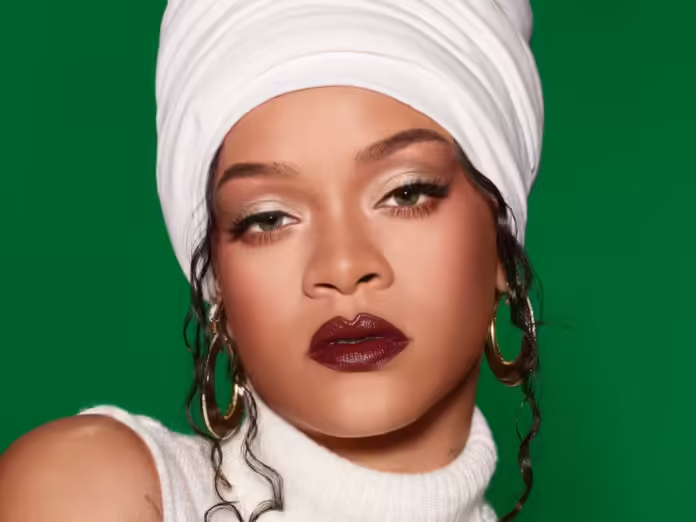Serena Williams is the latest celebrity to enter the world of beauty, having launched her brand Wyn Beauty this week. Born out of the tennis star’s struggle to find “make-up that looked good after hours on the court”, the 23-time Grand Slam winner says her new line of products offers “make-up you can move in”.
When it feels like every second celebrity has either released – or is about to release – a cosmetics label, the question is: why are so many rushing to jump on the beauty bandwagon? A survey by analyst company NIQ sheds some light on the appeal revealing how, last year, merely 43 celebrity beauty brands garnered sales of more than $1.1 billion. Clearly, this is big business.
Customers are eager to purchase a small piece of a famous lifestyle, and the access to the celebrity beauty routine it offers. Yet, while the name might be the initial draw, there has to be substance to back it up. Celebrities increasingly focus on delivering high-quality, premium ingredients that address specific needs and this is what is driving repeat sales. Famous names are pouring their own knowledge and personal needs into the products they create, bringing a trustworthiness that customers flock to.

Another survey by marketing company Upbeat Agency and data-gathering platform Statista, breaks down sales figures in more detail, revealing which celebrity had the highest-earning beauty brand last year.
Topping the list is Fenty Beauty by Rihanna with revenue of $602.4 million. It launched in 2017 with a range of foundation tones that the singer was unable to find anywhere else. Fenty Beauty now ships to more than 150 countries and foundation remains its biggest seller. Online searches for its foundation alone reportedly top 21,000 a month, while lip gloss comes in a close second, with 20,000.
With her own glossy tresses, it is little surprise that Anomaly Haircare by Priyanka Chopra Jonas is second on the list of most valuable beauty brands. With sales of $542.7 million last year, the brand launched in America in 2021 and India in 2022 as an affordable line that is also vegan with a focus on natural ingredients. It is a big hit with customers and its hair and scalp oil is the most popular item.
At number three on the list is Kylie Cosmetics by Kylie Jenner, with a revenue of $380.4 million. Having launched in 2015 with Kylie Lip Kits, it now offers cosmetics, fragrances and even baby skincare. Its mascara is the most in-demand product, reportedly triggering more than 1,500 searches per month.
At number four, but some considerable way behind the top three, is r.e.m. beauty by Ariana Grande. Launched in 2021 with a focus on vegan and cruelty-free ingredients, it generated $88.7 million of sales last year. As with Fenty Beauty, foundation is the main draw at r.e.m beauty, with 800 online searches per month, followed by lip oil, with 500 searches per month.
Fifth on the list is Rare Beauty by Selena Gomez, with a revenue of $75.7 million last year. It’s known for lightweight products, which are also vegan and cruelty-free. Bestselling products include the Rare Beauty Soft Pinch Liquid Blush in Joy and Find Comfort Body & Hair fragrance mist.
Beauty products and business dominance
Cosmetics sales also account for a sizeable chunk of celebrities’ net worth. Despite not releasing an album since 2016, Rihanna is worth an estimated $1.4 billion thanks in part to her Fenty Beauty line. Chopra Jonas, meanwhile, is thought to be worth in the region of $70 million, in conjunction with her husband Nick Jonas – a fortune that is likely to rise thanks to her growing haircare range that has successfully tapped into both the American and Indian markets.
Jordan Bucknell, a marketing expert from Upbeat Agency, says these brands have surpassed the initial “celebrity hype stage” because they produce quality products that have “stood the test of time and have silenced critics”. He adds: “This is why sales for celebrity beauty brands surged by nearly 58 per cent in 2023. This is a remarkable feat when compared to the overall growth rate of the beauty industry, which is projected to grow by about 3 per cent annually.”




